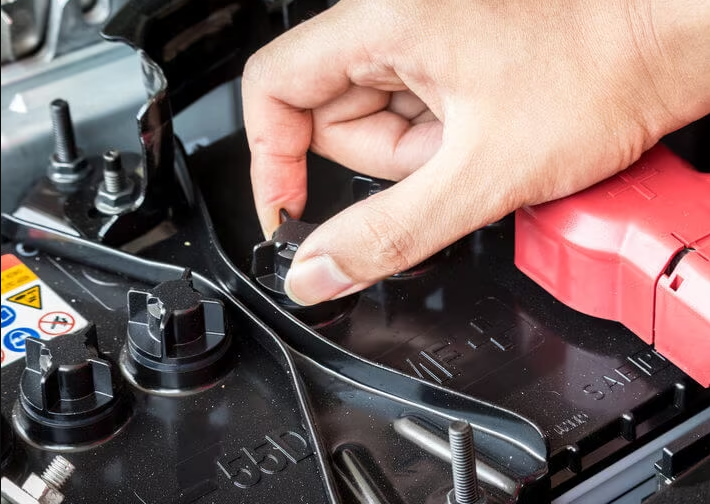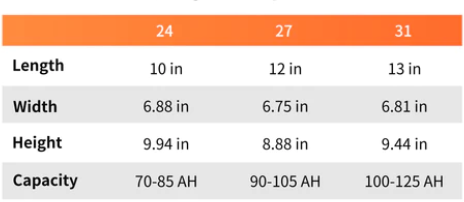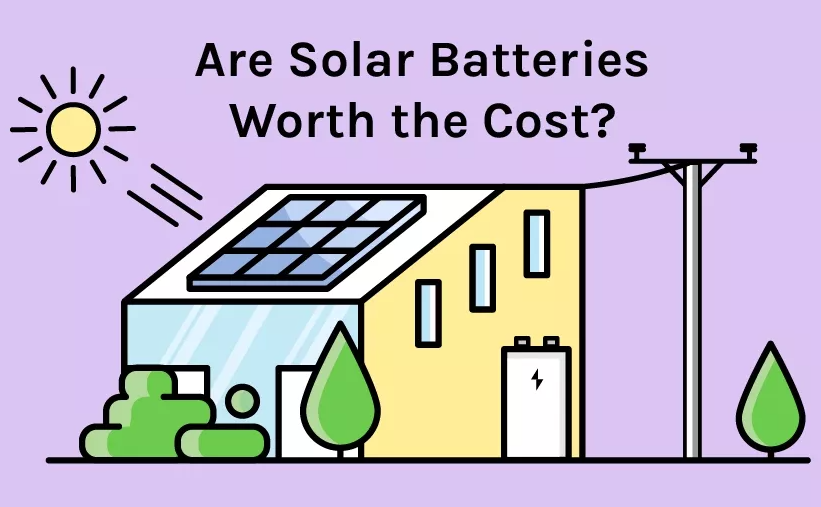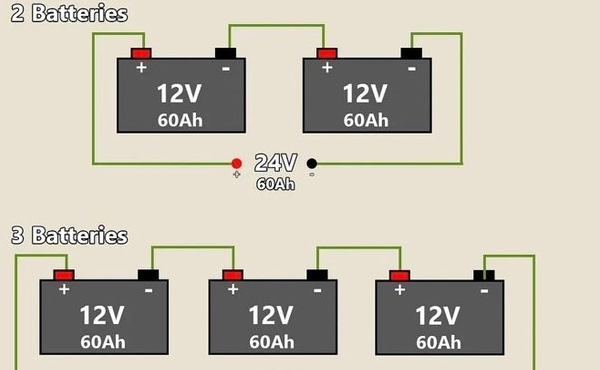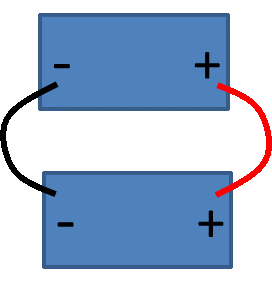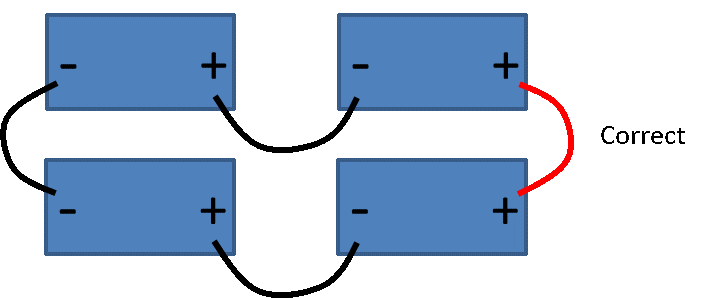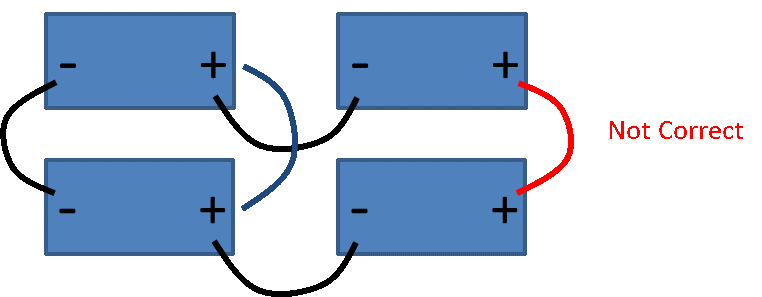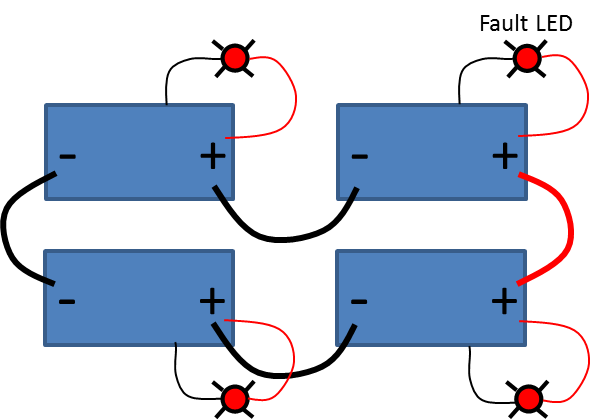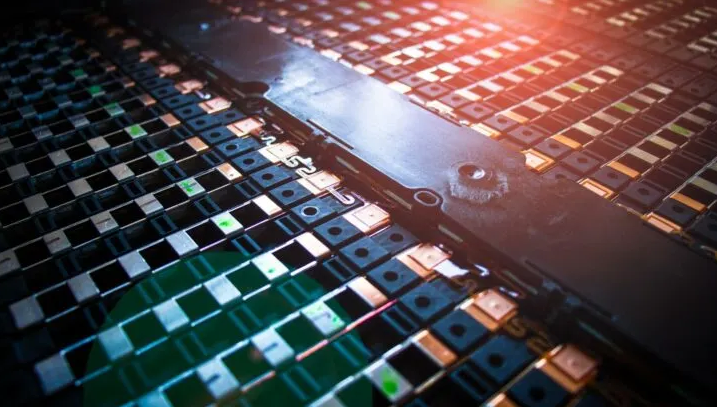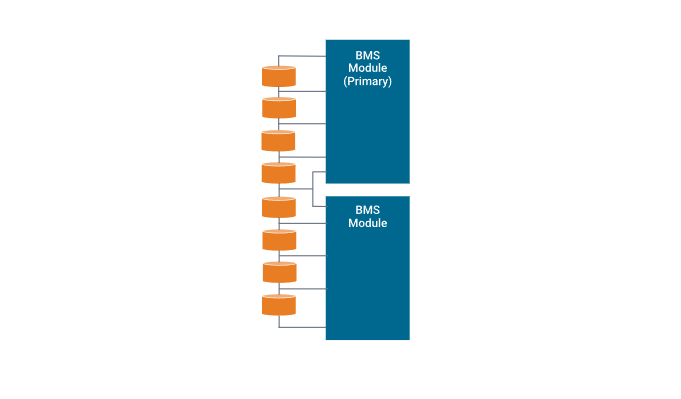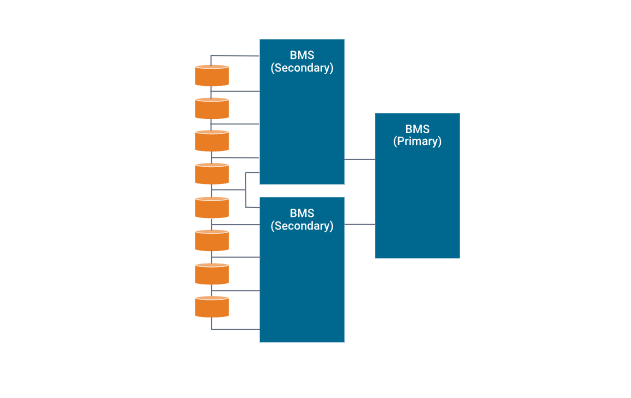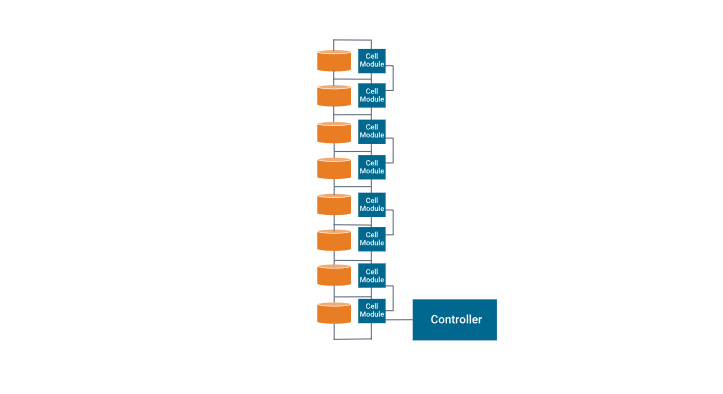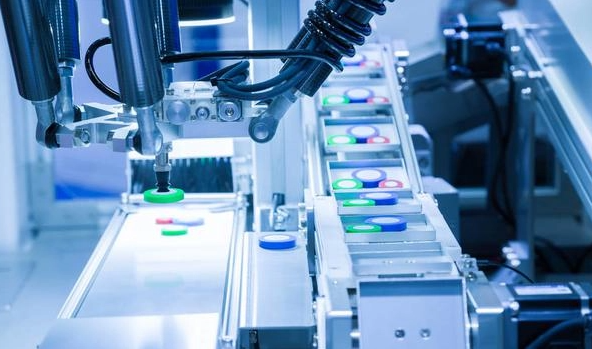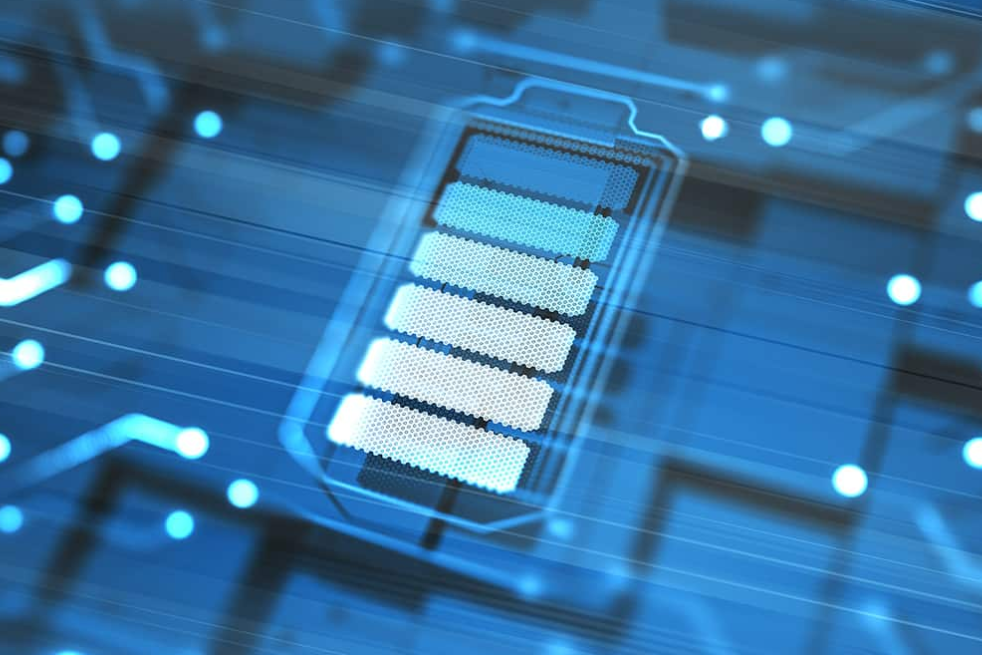If you are seeking a safe and efficient method to charge your RV battery, you’ve come to the right place for a solution. Our team of engineers will guide you on how to effectively charge your RV battery. Lithium RV batteries have gained immense popularity over traditional lead-acid batteries due to their high capacity and rechargeable nature. They offer numerous advantages, including efficiency, extended lifespan, eco-friendliness, and excellent discharge performance.
The primary electrolyte used in RV lithium batteries is a non-aqueous organic solvent, which plays a crucial role in their proper functioning. However, the battery’s overall performance is also contingent on the charging process. Ensuring that the RV batteries are charged correctly is vital for their effective operation. In this article, we will explore various safe and effective methods to charge RV batteries, empowering you to hit the road and embark on your adventures with confidence.
While the optimal way to charge a battery in a vehicle is usually by running the vehicle itself, certain situations may require charging the batteries separately in advance or using alternative methods. We’ll discuss these approaches, equipping you with the knowledge to charge your RV batteries safely and effectively, ensuring you’re always prepared for your next journey without any concerns.
RV Battery Basics for Newbies
Before you determine how to charge RV batteries, know what type of batteries you have in your RV. RV batteries, as a general rule, come in three different standard types.
The Different Kinds of RV Batteries Include:
- Lead acid: Most flooded lead acid batteries have little caps you pop off to refill with distilled water (to minimize adding impurities).
- AGM: This stands for “Absorbent Glass Mat”, which has to do with the construction of the battery. These are sealed, maintenance-free, and won’t spill. (They can also contain a gel-based substance, too.)
- Lithium: These are also known as LiFePO4, or Lithium Iron Phosphate batteries. While usually the best choice, they do have their disadvantages too.
Aalmost all RVs are designed as 12V systems. The combination of batteries, whether wired in series or parallel, will output 12V. There are exceptions, however.
RV Lithium Battery Charger Types
When choosing the charger type to charge your RV lithium battery, you have various choices. Following chargers consider best to charge these batteries.
1. Converter Charger
Converter chargers, also termed AC chargers work by converting the alternating current into direct current. AC charger, just like a car battery charger, is a 120V to 12V converter. The converter charger cannot invert the charger as it only converts it.
Charging RV batteries with a converter charger is an automatic procedure. You can do it simply by plugging the RVs power cord into a 120V AC electrical outlet, and the charging process will start. It can convert the AC power to DC power to make charging more efficient and fast.
12-volt batteries can charge with an external battery charger. The external charger can decrease the charging time depending on its model either it decreases less time or more time. It is more suitable to charge a lithium RV batttery using a high amperage battery charger. It can prove faster and more effective to charge your RV battery.
2. Inverter Chargers
Inverter chargers act as both inverters and chargers. These chargers can effectively invert 12-volt DC power to 120-volt AC power. So, by using your RV battery bank, you can safely power electrical devices in your RV that require AC power. The inverter charger allows power to be switched between charging and discharging the battery. So one device can meet the usage needs of the RV.
3. Solar RV Battery Charge Controller
Solar ARV battery charge controller works by regulating the power that comes from the solar panels into the battery bank. The solar panel can locate on the RV roof. The overcharging of the battery can regulate by the regulator. Some RVs don’t have a solar charging setup, so you require some initial setup to set a solar system such as wires, solar panel and solar charge controller( to regulate voltage). All essential solar panel accessories are available in a solar panel system kit. You can purchase it from a certified company.
4. Multi Battery Chargers
Whenever there is a need to use multiple batteries, all these batteries can install as a single large bank in parallel or series. In this case, the multi-battery chargers can use to charge the multiple batteries effectively. If the batteries connect to the various systems, you may need multiple chargers to charge multiple batteries.
Ways to Charge an RV Battery
First of all, there are a few different ways to charge an RV battery. Some methods are faster than others.
Here are four safe and effective ways to charge:
- Shore power
- Generator
- Motorhome or tow vehicle alternator
- Solar energy
Next we’ll discuss how to charge your RV battery using each method above. The information below is for 12V deep cycle RV house batteries. (Or an equivalent, such as 6V batteries wired together).
Shore power
You can charge your deep cycle RV battery using electricity from the grid. There are two ways to do this. The first is to plug your RV’s power cable into a 120V AC electrical outlet at a campground. Your vehicle should have a converter that changes AC power to DC power so that your batteries can charge.
Another way to charge via shore power is via a battery charger. Ideally you’ll want to get one that matches your battery type (lead acid, AGM, lithium) for optimum charging. Some lithium smart chargers can charge both lead acid, AGM and lithium batteries.
Always check for compatibility before you use a battery charger with your RV batteries. If you use the wrong charger, one of three things will happen. You’ll get a snail’s-pace charge, no charge at all, or the worst case scenario: you’ll damage your battery.What kind of battery charger do we recommend? If you’re using lithium batteries, your smartest option is a smart battery charger like this one. Your RV batteries will charge in practically no time.
Generator
Here’s another easy, albeit noisy, way to charge RV batteries: use a generator. Some RVs have them onboard. You can also buy a portable one.
If your generator has a 120V outlet, simply plug your RV’s power cable in the way you would for shore power. If it has a 220V outlet, you’ll need a convertor. Be sure to follow safety precautions as indicated in the generator’s instruction manual, like checking the fuel levels and air filter.
Vehicle Alternator
Another option is to literally charge your RV batteries while on the road. But don’t expect a lightning-fast charge! When you use your towing vehicle (like a truck) and an alternator to charge the batteries, your batteries only get a bit of a boost. If you’re looking for more than just a bit, you’ll need to amp things up by adding a charger.
Solar Power
What’s the greenest way to charge an RV battery? Solar power! Unfortunately, you can’t just pop your battery out in the sun and hope it will soak up the energy like a leaf.
Do I Have to Buy a Specific Charger for LiFePO4 Batteries?
No, there is no need to buy a special charger to charge your LiFePO4 batteries. If you have to charge a LiFePO4 battery with a voltage of 12V, you can use a charger with 14V to 14.6V.
The charger within this voltage range can effectively charge your LiFePO4 battery. But, it does not mean that you use a charger used to charge other lithium batteries.
Such chargers have a voltage higher than the voltage of the chargers designed to charge LiFePO4 batteries. So, it can affect your battery charging. The most recommended chargers for the LiFePO4 batteries consider LiFePO4 battery chargers, which effectively and safely charge the batteries.
What Chargers Does Lithium Battery Support?
The recommended charger for lithium batteries is less than ≤0.5C. Therefore for a 12V100Ah battery, it recommends using a charger ≤ 50A.
You should not exceed this charge rate as it can lead to a shortened battery cycle life. In an emergency, the battery can charge quicker if needed, but it needs to be within a reasonable temperature range. Most of our customers use 10A~20A chargers.
You use lithium batteries in numerous applications, so using the correct lithium battery and its charger is convenient. It would be best if you had a good idea of choosing the appropriate spec of charger that you are using for your lithium battery. To select the charger spec for your battery, you must have the following information.
- Battery Voltage
- Battery Amp Hour
- Time required to charge your lithium battery
Charging Capacity of the Battery Management System
How to Charge RV Batteries: The Basics
Once you’ve decided what method to use for charging RV batteries, these general guidelines will ensure they stay in great shape.
- Make sure you keep your batteries clean, now matter what type they are. Water, oil, and dirt may cause self-discharge and short circuits.
- Install your battery charger in a clean, accessible spot.
- When you want to charge your RV battery, park your RV in a level spot and put on the parking brake.
- Take the cables off of the battery leads. (Negative first, then positive).
- Clean sulfation and add distilled water if necessary (lead acid batteries only).
- Attach the battery charger cables to the battery (or converter cables). (Positive first, then negative).
- Plug the charger or converter into your power source.
- If you have a smart lithium battery charger, you can view the charging status on your phone via Bluetooth. A light on the charger will indicate when the battery has finished charging.
- Turn off the power source and disconnect the battery.
If you’re using a generator or solar panels, be sure to read any product-specific instructions before charging your batteries.
RV Battery Charging Safety Tips
Anytime you deal with batteries, safety questions are bound to pop up. Wondering at what temperatures you can charge RV batteries safely? Afraid that you might “fry” your batteries by overcharging them, or damage them by undercharging them? Those are valid questions. Now here are some straightforward answers:
- Beware of battery sulfation with lead acid batteries. Clean any buildup before charging and keep your batteries in a vented place. (This problem doesn’t apply to lithium batteries, because they’re 100% maintenance free).
- If you are using a battery charger, choose one that’s compatible with your battery type (lithium, lead acid, AGM), voltage, and amperage.
- Use a charge controller when charging your RV batteries with solar panels. If you don’t, the current coming from your panels will have free reign to overcharge your batteries when the sunshine is strong.
- Disconnect your batteries when your RV is in storage. Or, extend the life of your lead acid batteries by using a trickle charger. Many RVers do this in winter. It’s not necessary for lithium batteries, since they discharge very little while not in use.
- Never charge a frozen battery. You can use Ionic lithium RV batteries below freezing. But charging below freezing causes plating/crystallization. This weakens the battery, making it more likely to fail due to vibration or hard use. Fortunately, our Ionic lithium batteries have a sophisticated BMS (battery management system) so they’ll only accept a charge when the temperature is safe to.
- Don’t charge at temperatures above 122°F (50°C).
Frequently Asked Questions
Q: Can I charge my RV battery while it’s still connected to the RV?
A: Yes, you can charge your RV battery while it’s connected to the RV. However, ensure that all appliances and electrical systems are turned off during the charging process to avoid any potential safety hazards.
Q: What’s the best method to charge my RV battery?
A: The most common and effective methods for charging RV batteries are using a shore power connection, a generator, or solar panels. Each method has its benefits and limitations, so choose the one that suits your needs and camping style.
Q: How often should I charge my RV battery?
A: The frequency of charging your RV battery depends on how often you use it and the type of battery you have. As a general rule, it’s recommended to charge your battery once it reaches a 50% state of charge to extend its lifespan and prevent deep discharge.
Q: Can I overcharge my RV battery?
A: Yes, overcharging can damage your RV battery. To prevent overcharging, consider using a smart charger or a converter with a built-in charging controller. These devices will automatically adjust the charging rate and prevent overcharging.
Q: Is it safe to charge my RV battery indoors?
A: Charging your RV battery indoors is generally safe, but it’s essential to follow safety guidelines. Ensure proper ventilation to dissipate any gases that may be produced during charging, and avoid charging the battery near flammable materials.
Q: How long does it take to charge an RV battery fully?
A: The charging time depends on the battery’s capacity and the charging method used. On average, it can take anywhere from a few hours to a full day to charge an RV battery fully.
Q: Can I use a regular car battery charger for my RV battery?
A: Using a regular car battery charger for your RV battery is not recommended. RV batteries often have different charging requirements, and using the wrong charger can damage the battery or pose safety risks. It’s best to use a charger specifically designed for RV batteries.
Q: Should I disconnect my RV battery when not in use?
A: If you plan to store your RV for an extended period, it’s a good idea to disconnect the battery to prevent parasitic drain. This will help maintain the battery’s charge and prolong its lifespan.
Q: Can I jump-start my RV battery from another vehicle?
A: Yes, you can jump-start your RV battery using another vehicle, but be cautious. Ensure both vehicles are turned off during the connection process, and follow proper jump-starting procedures to avoid electrical damage or injury.
Q: What maintenance should I perform on my RV battery?
A: Regularly inspect the battery for signs of corrosion, clean the terminals, and check the electrolyte levels for flooded lead-acid batteries. For sealed batteries, check for any visible damage or leaks. Additionally, keep the battery charged and store it in a cool, dry place when not in use.



